
|
The "Sky Noise" in the Olympus E-10 |

| My other articles related to the Olympus E-10 and E-20 cameras |
|
What sky noise? Some users of the Olympus Camedia E-10 camera raised the problem of what they consider excessive CCD noise present in daylight sky areas. (To be accurate, this is not limited to sky; sky shots just show the problem best. Really we are dealing here with the issue of CCD noise at reasonable, i.e., easily handholdable, exposure levels.) What is "excessive" is a highly subjective concept. So far I'm finding the noise I can see on my E-10 acceptable for prints up to 11x14 inches (full frame). This is a simple attempt to evaluate the magnitude of the problem, if any, and to investigate some other aspects of the noise on the E-10. Users of the Olympus C-3000Z and C-3030Z cameras may find this of some interests, as some data on the noise in their cameras is also presented here. For a general introduction to the noise issues, refer to another article at this site. Technical notes Unless otherwise stated, all presented samples have been obtained under the following conditions:
Note that this size corresponds to a square of about 19 mm (0.76 in) size when a full frame from the E-10 is enlarged to an 8x10 inch format; for the C-30x0 the size would be 21.2 mm (0.83 in). Samples taken from film have been transferred by Kodak to the Kodak Photo CD format (2048x3072 pixels). Our standard enlarged sample would be 15.9 mm to a side. Enhanced samples: to make visual comparisons easier, I'm presenting, often in addition to the originals, samples with the brightness range of 32 (on the 0-255 scale common to image processing programs) stretched to the whole 0-255 interval. The 32-unit range to stretch was chosen so that non-zero bins of the histogram would start at, or immediately above, its lower limit. For example, if a sample histogram had non-zero values between 120 and 135 (quite typical for a cloudless sky), the interval from 120 to 152 was stretched to 0-255. |
|
How strong is the effect? | |||
|
These are fragments of a cloudless sky, taken with Camedia E-10 and C-3000Z cameras. A reference sample has been taken on a Kodak Gold ISO 100 film and scanned by Kodak to a Photo CD. |
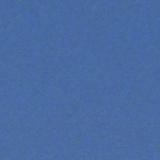
|
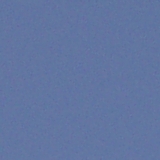
|
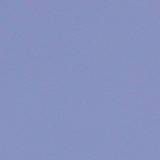
|
| [1A] ISO 100 film | [1B] E-10 | [1C] C-3000Z | |
|
For easier comparison, here are the same samples "stretched" as described above. |
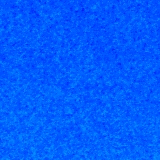
|
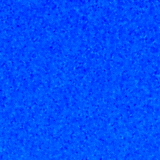
|
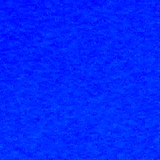
|
| [2A] ISO 100 film | [2B] E-10 | [2C] C-3000Z | |
|
Indeed, the E-10 shows more noise than C-3000Z. These are two different CCDs, made by Olympus and Sony, respectively, so they may display different behavior. The film noise (being a sum of film grain and the electric noise of the Kodak scanning device) is, however, even slightly greater; an effect which in printing will be offset, in part at least, by a higher scan resolution. In-camera Processing Many users set their cameras to the default "Normal" (as opposed to "Soft") settings of sharpness and, in case of the E-10, contrast. It is expected that this may result in greater amount of noise. | |||
|
Here are the (enhanced only) digital camera samples for these settings (shot within a few minutes from the previous ones shown above). Without doubt, the sharpening has much stronger effect in case of the C-3000Z. Interesting. |
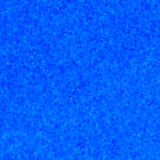
|
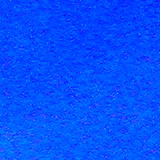
| |
| [3B] E-10 "Normal" | [3C] C-3000Z "Normal" | ||
|
At this moment we could finish our discussion of the "blue sky noise", drawing two conclusions:
Additionally, we can say that the E-10 noise increases, although not drastically, when the image is postprocessed in the camera as per "Normal" settings. Those interested in further analysis of the noise phenomenon in the E-10 may stay with me and have a look at some further comparisons. How much noise comes from the sky itself? At first, this sounds like a crazy idea. Isn't noise a purely electronic phenomenon? We can not be sure, however, how much the fluctuations in light scattering may affect the uniformity of a blue sky. Probably not a lot, but it does not take much to check.
| |||
|
To do that, I repeated the shots taken with the digital cameras with the lens focused at the closest possible distance (20 cm). Being so much out of focus, any detail in the sky would have disappeared and we would see less noise than before. Visual comparison of these two samples with [2B] and [2C] allows us to dismiss our hypothesis. True, it was funny to start with, but I'm feeling better having checked it. |
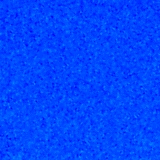
|
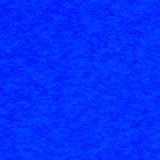
| |
| [4B] E-10, blurred | [4C] C-3000Z, blurred | ||
|
Do filters affect the noise? According to some users' impressions, the E-10 "sky noise" seemed more visible when a UV filter was used. This would be quite difficult to explain. Here is a comparison of three "stretched" samples shot under identical conditions with no filter, with a UV filter, and with a circular polarizer. | |||
|
Surprisingly, there seems to be a slight increase in noise level for the sample taken with a UV-filter (and no difference for the polarizer). This, however, may be an effect of not-so-strictly controlled experiment; nothing to write back home about. |
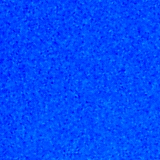
|
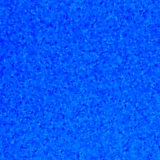
|
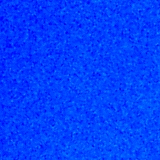
|
| [5A] E-10, no filter | [5B] E-10, UV filter | [5C] E-10, polarizer | |
|
Some of the E-10 users suspect that the noise may be mostly in the near infrared. This would be easy to check: there is a filter (B+W #486) sharply cutting off the UV and IR wavelengths just outside the visible range. Unfortunately, I don't own this filter, and I'm quite unwilling to shell out $102 (via B&H special order). Besides, the IR sensitivity of the E-10 is just marginal (see my article on infrared photography), so I'm remaining most skeptical on this possibility. Adding all this together we may conclude that the noise seen in our images, sky or not, is of purely electronic nature, or mostly so. Its magnitude is comparable to that of an ISO 100 film. It may be more visible on a computer screen, when the image is viewed at a 1:1 pixel magnification. You will not see much, if any, of it in prints seen from the standard viewing distance close to the print diagonal. Related pages
| |||

| My other articles related to the Olympus E-10 and E-20 cameras |
| Home: wrotniak.net | Search this site | Change font size |
| Posted 2000/12/10; last updated 2006/03/09 | Copyright © 2000-2006 by J. Andrzej Wrotniak |